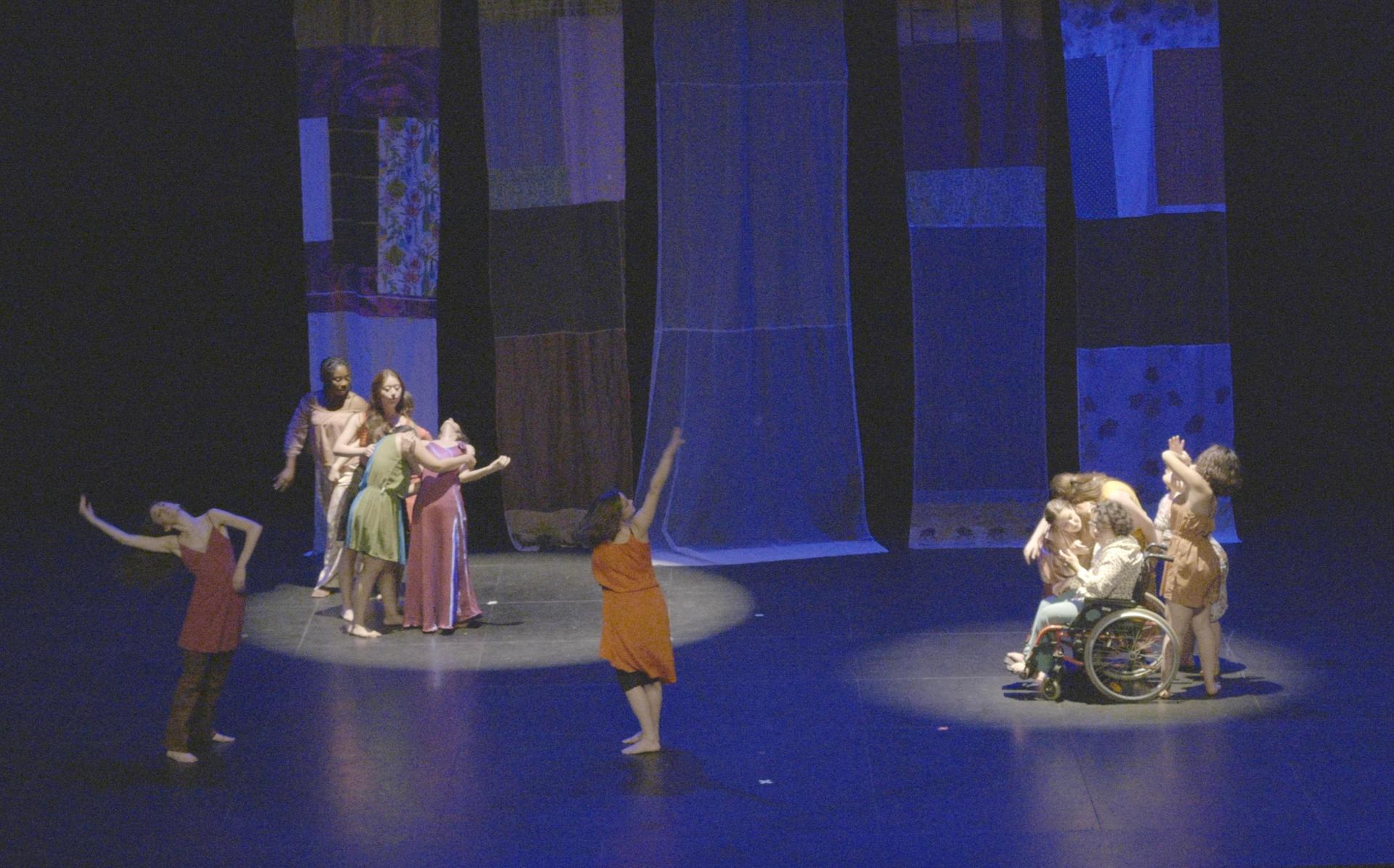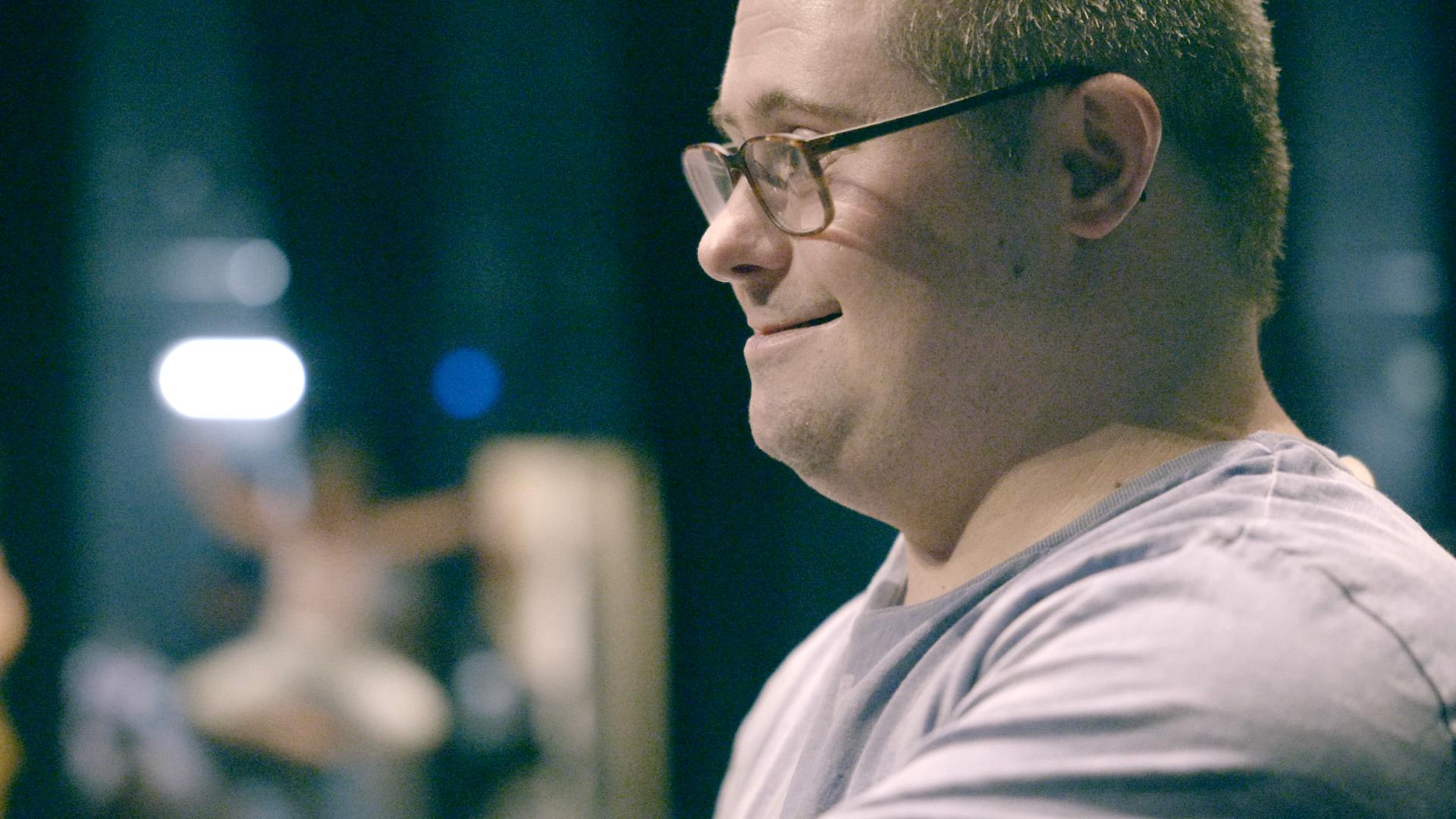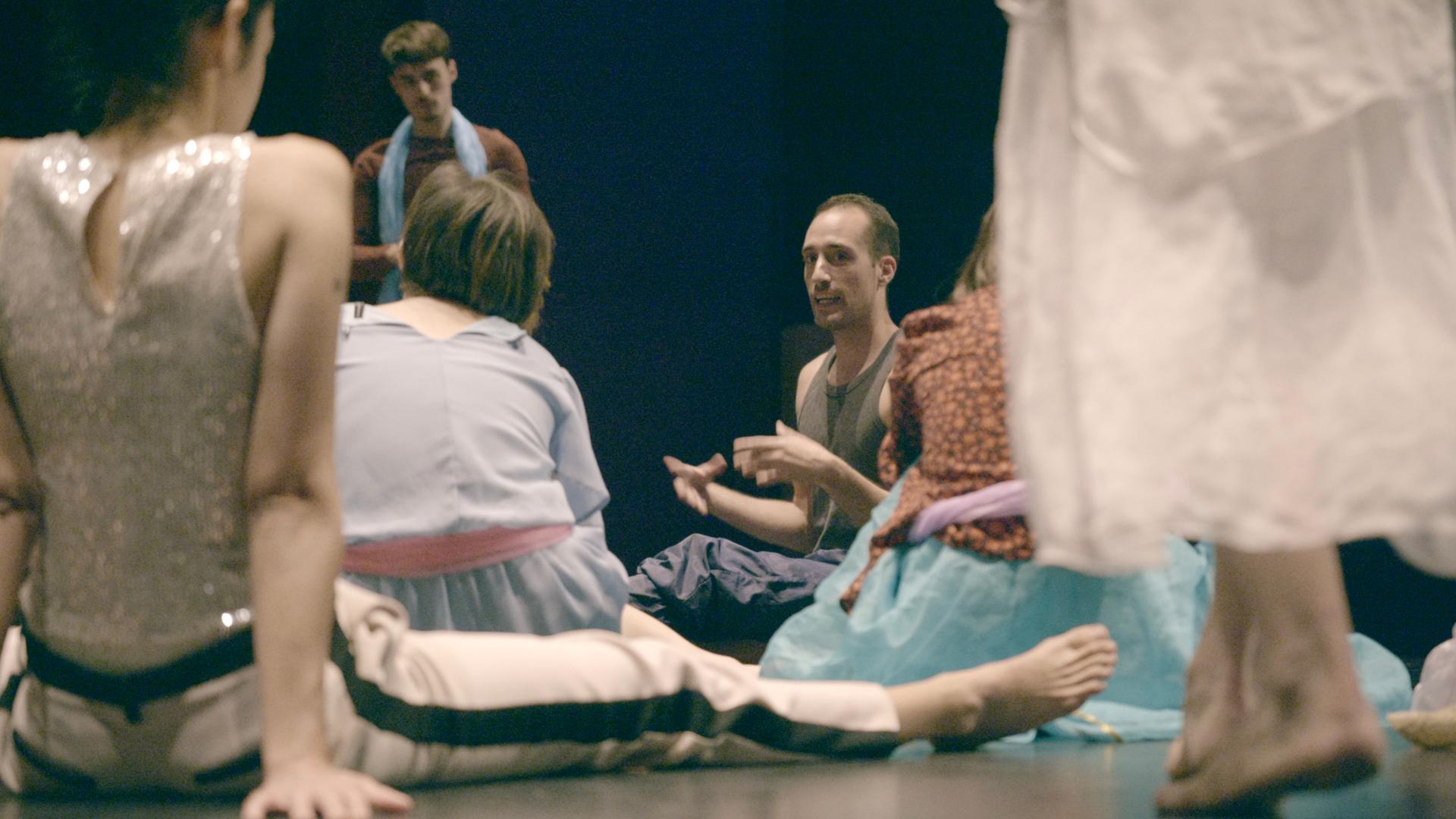Inclusive dance phenomenon gains exposure in Spain
On a recent evening in Albacete, Spain, around a dozen dancers ran through a final dress rehearsal for an inclusive dance piece called “The Nobodies.”
Cris Cabezuelo, 30, sat center stage, under a spotlight, as a dozen of her fellow dancers slid around and over her, caressing her face and her shoulders.
The dancers helped Cabezuelo, who has Down syndrome, to stand.
“I came to know this wheelchair when I was 5,” she said during the routine. “I don’t like it but it helps me to dance. Without it, and my friends, I wouldn’t be able to dance at all.
Cabezuelo and the other dancers are part of an emerging art form — inclusive dance — in which dancers may be in wheelchairs, or on crutches, or have no obvious challenges at all, and professionals often mix with amateurs.

There are inclusive dance companies all over the world, including in Latin America and the US.
In Russia, there’s a yearly international competition. It’s similar to the Eurovision song contest, with groups in flashy costumes performing before a live audience.
Performers say the art form has evolved enough to drop the “inclusive” part in the name. Everyone’s just a dancer — they say, and no labels are needed.
Choreographer Ramon Marcos has been directing inclusive dance for a dozen years. He’s one of the pioneers.
Marcos said that he stumbled upon the form as he was finishing his studies, and it changed his life.

“Imagine, I’d been dancing since 8. I was studying to be a dance teacher. But when I saw this inclusive dance, I realized I had no tools for really reaching people,” he said.
Marcos has danced all over the world. But he said that with inclusive dance, he faces the same prejudices that his diverse dancers deal with daily — from within the art world.
“They say, ‘Oh, you’re dancing with abnormal people now because it’s much easier,’” he said. “Or, you must have gotten injured.”
What they don’t understand, he said, is that inclusive dance is an entirely new language. Like switching from English to Spanish, he said.

“I think I’m a part of a new artistic movement that people will study years from now. Like, say, expressionism,” he said.
For Marcos’ dancers, the performance is all about bringing that new movement to life.
“I really like performing,” said 34-year-old Tomas Calonge. “I’m a star. I love being surrounded by colleagues.”
Calonge also has Down syndrome. His favorite part of the hourlong performance, he said, is when “They drag me by feet. Then, I climb up on a table behind a curtain and it’s disco time.”
Later that night, before a packed house, Calonge let loose. As disco music blared, he danced on a table, shouting for the audience to get up and join the dance. They obliged.
